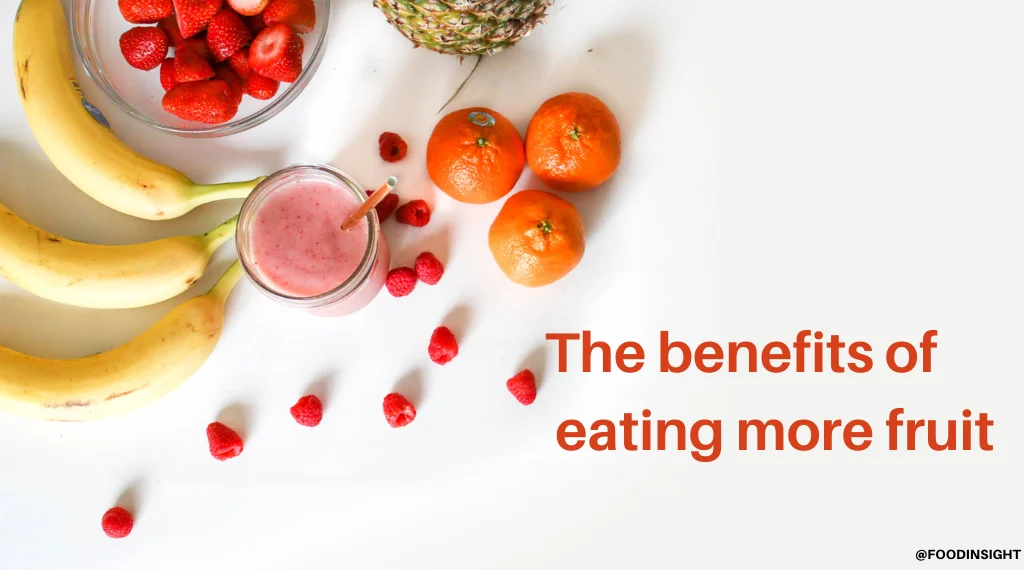
Young children need nutrients from a variety of foods to stay healthy. But what if your child only eats macaroni and cheese or will not eat any vegetables?
Read on for information from the American Academy of Pediatrics on how to encourage positive eating habits and how to prevent food hassles. If you have specific questions about your child’s nutrition, talk with your child’s doctor or a registered dietitian.
How to encourage positive eating habits
When children learn positive eating habits at a young age, they will make healthy food choices as an adult. Parents can
- Set a good example. The best predictor of a child with a healthy weight and lifestyle is parents with a healthy weight who make wise food choices and exercise regularly.
- Get your child involved in meal planning. Read recipe books together. Put your child in charge of writing down a grocery list and go shopping together. During trips to the grocery store you can introduce new foods and also teach your child how to make healthy and nutritious choices. Ask your child to help with measuring out ingredients.
- Try to serve snacks and meals around the same time each day.
- Schedule at least one meal together as a family. Research suggests that having dinner together as a family on a regular basis has positive effects on the development of children. And time spent together can be fun and bring family members closer together. Remember to turn off the TV.
- Give your children a 5-minute warning before mealtime. A 5-minute warning will give your children a moment to calm down, wash their hands, and get ready to eat. (Encouraging your children to wash their hands thoroughly before meals will help prevent foodborne illness.)
- Set up mealtime rules. Children who are anxious, excited, or tired may have trouble settling down to eat. Sometimes a simple “food rules” chart on the refrigerator helps to keep things in order. Examples of food rules include come to the table with clean hands, help when asked, and do not make bad comments about food served or what others are eating.
What to do when mealtime is a hassle
Well-meaning adults often view a child’s odd food and eating behaviors as a problem. However, childhood food jags, a fear of new foods, and other feeding challenges are usually a part of normal development.
There’s no need to worry if a child skips a meal or won’t eat the vegetables on his or her plate. Keep the big picture in mind. Offer a variety of healthy, nourishing foods. Be creative! A variety of colors, kid-friendly shaped foods, and foods arranged on the plate in an appealing manner can entice children to try foods they might otherwise avoid. Provide nutritious snacks to help round out picky eating habits during meals. Over time, a child will get everything needed to grow and develop normally.
Do not force your children to eat. While parents are the best judges of what children should eat and when, children are the best judges of how much they should eat. Food should be used as nourishment, not as a reward or punishment. In the long run, food rewards or bribes usually create more problems than they solve.
Children often use the table as a stage for showing their independence. Sometimes food is not the issue at all. The eating process is just one more way children learn about the world.




